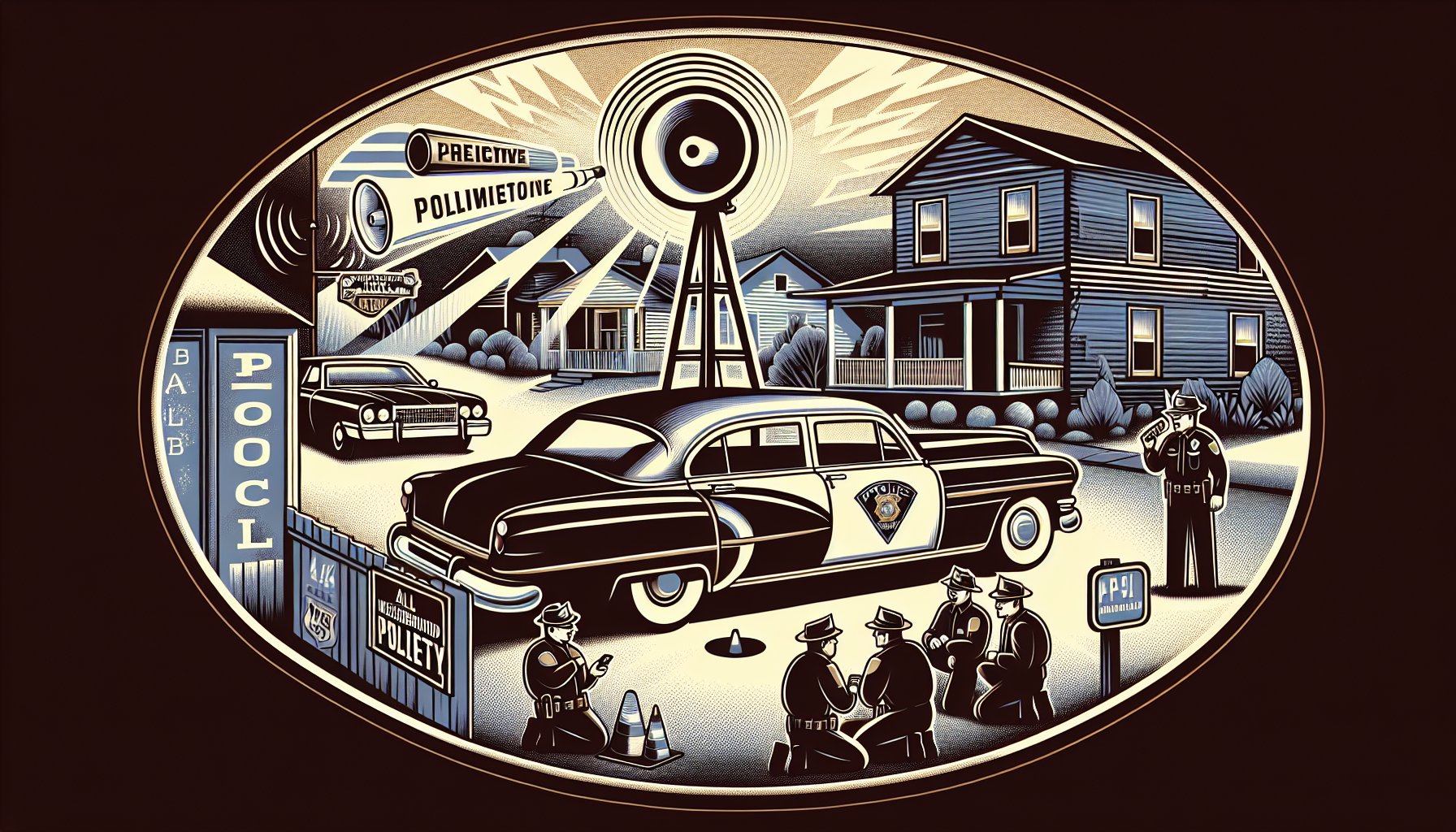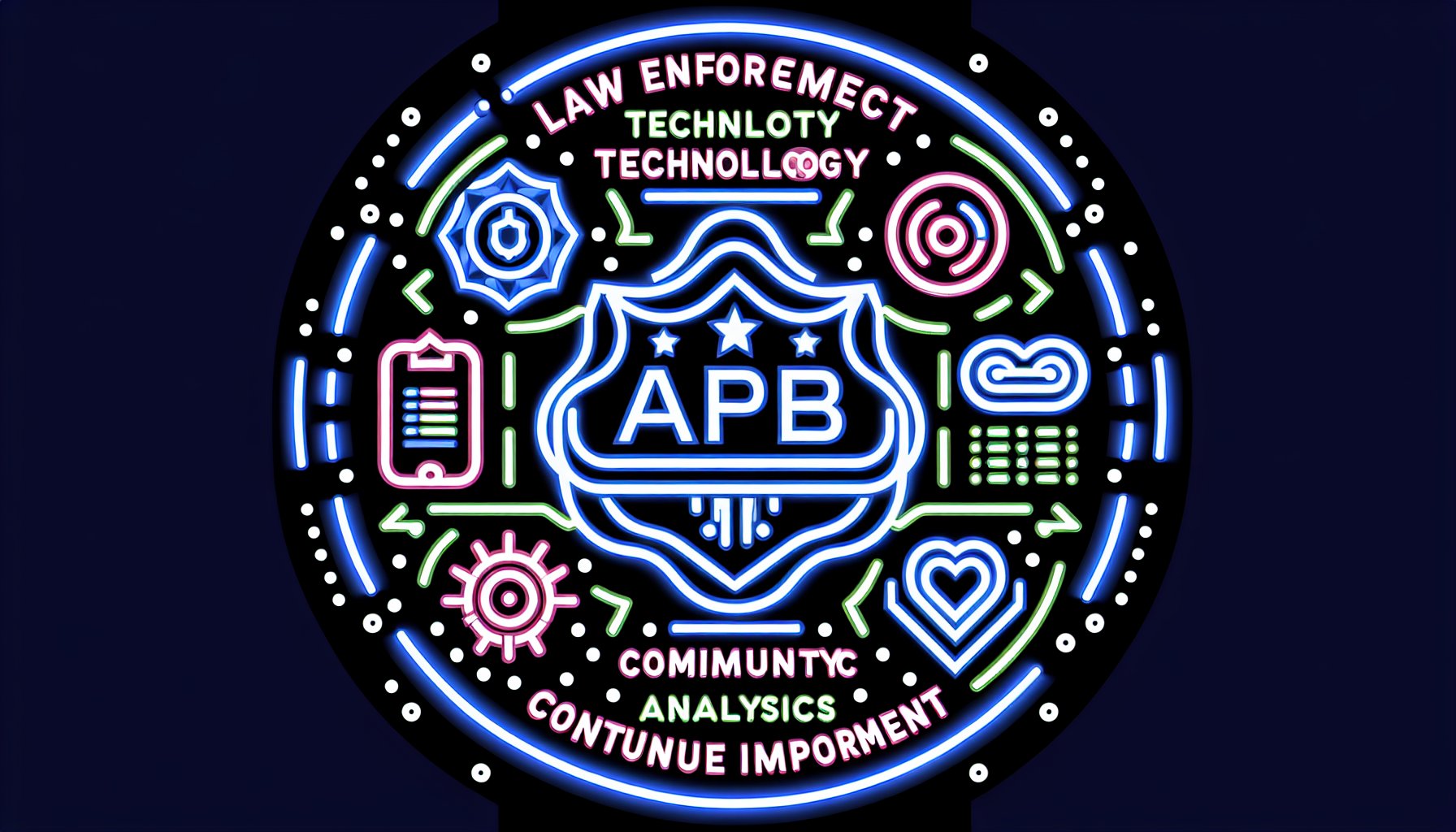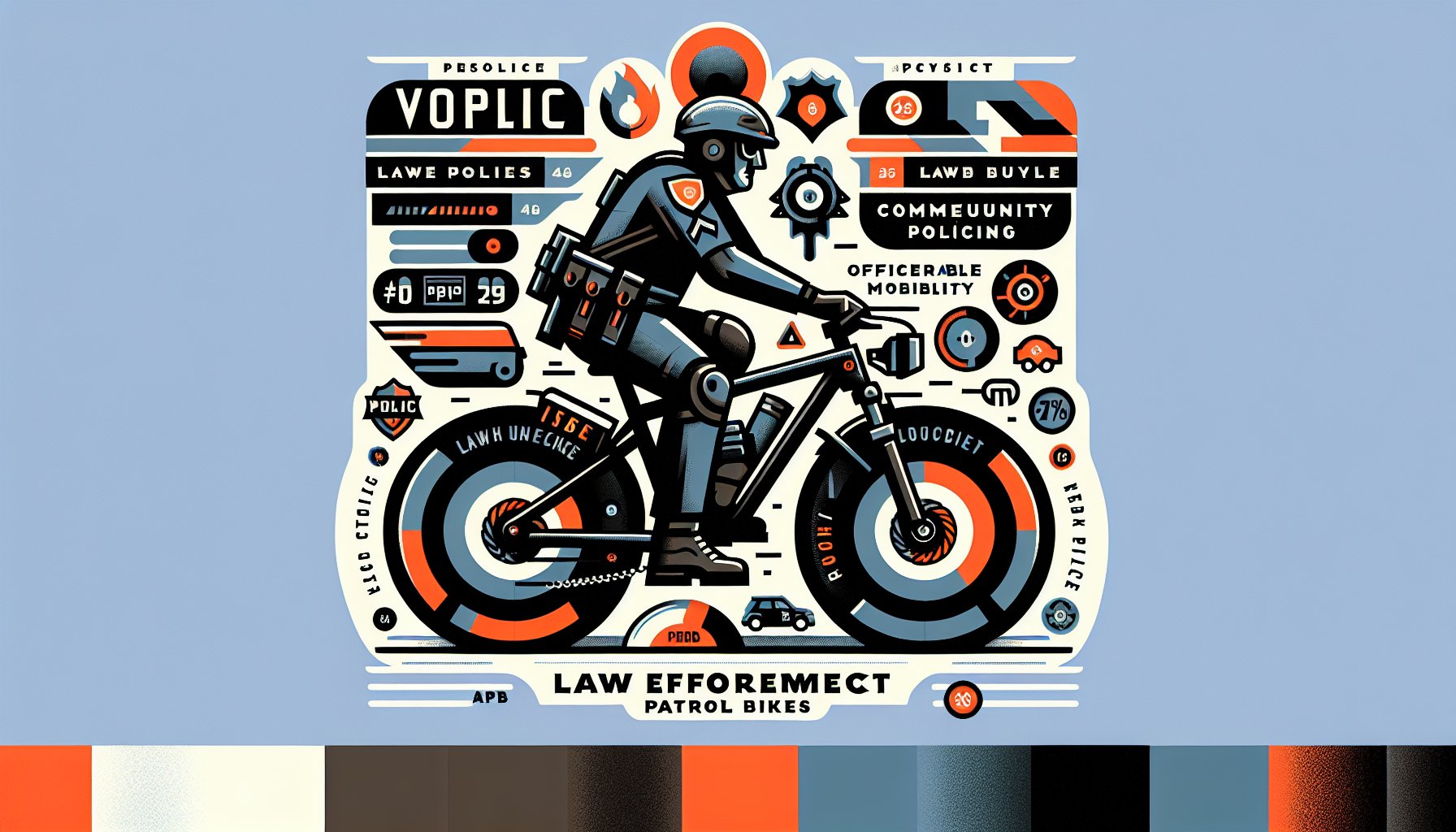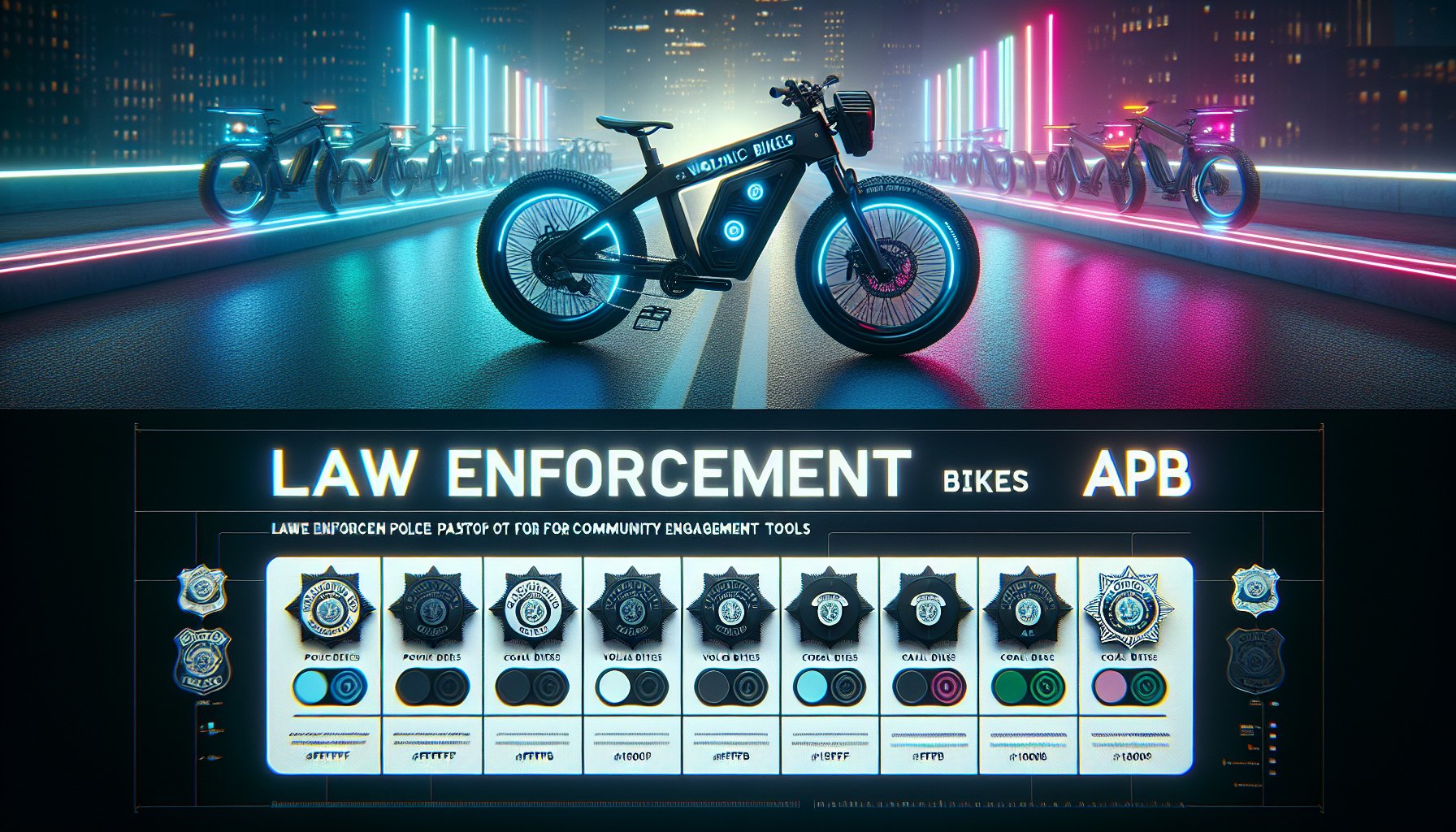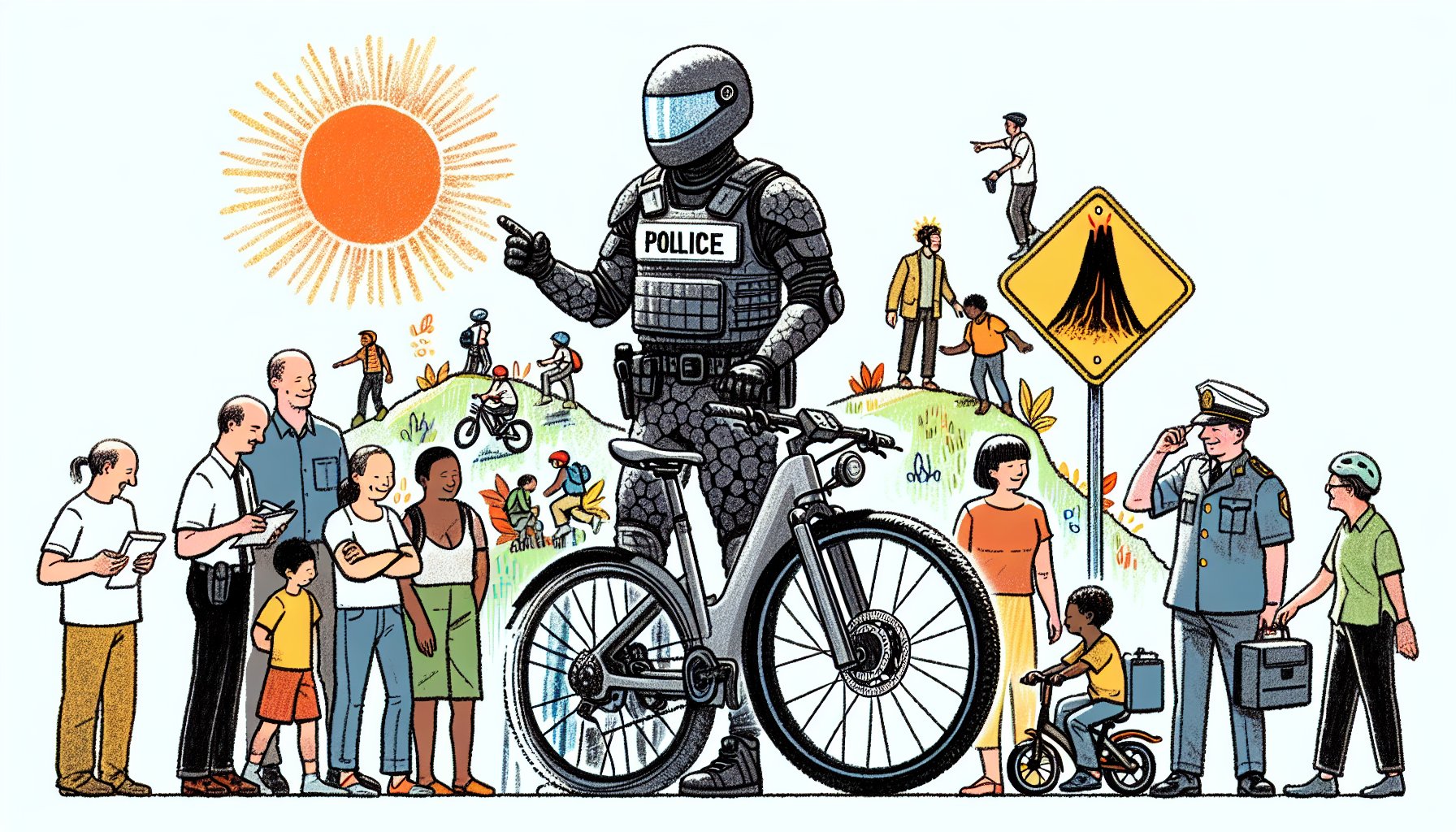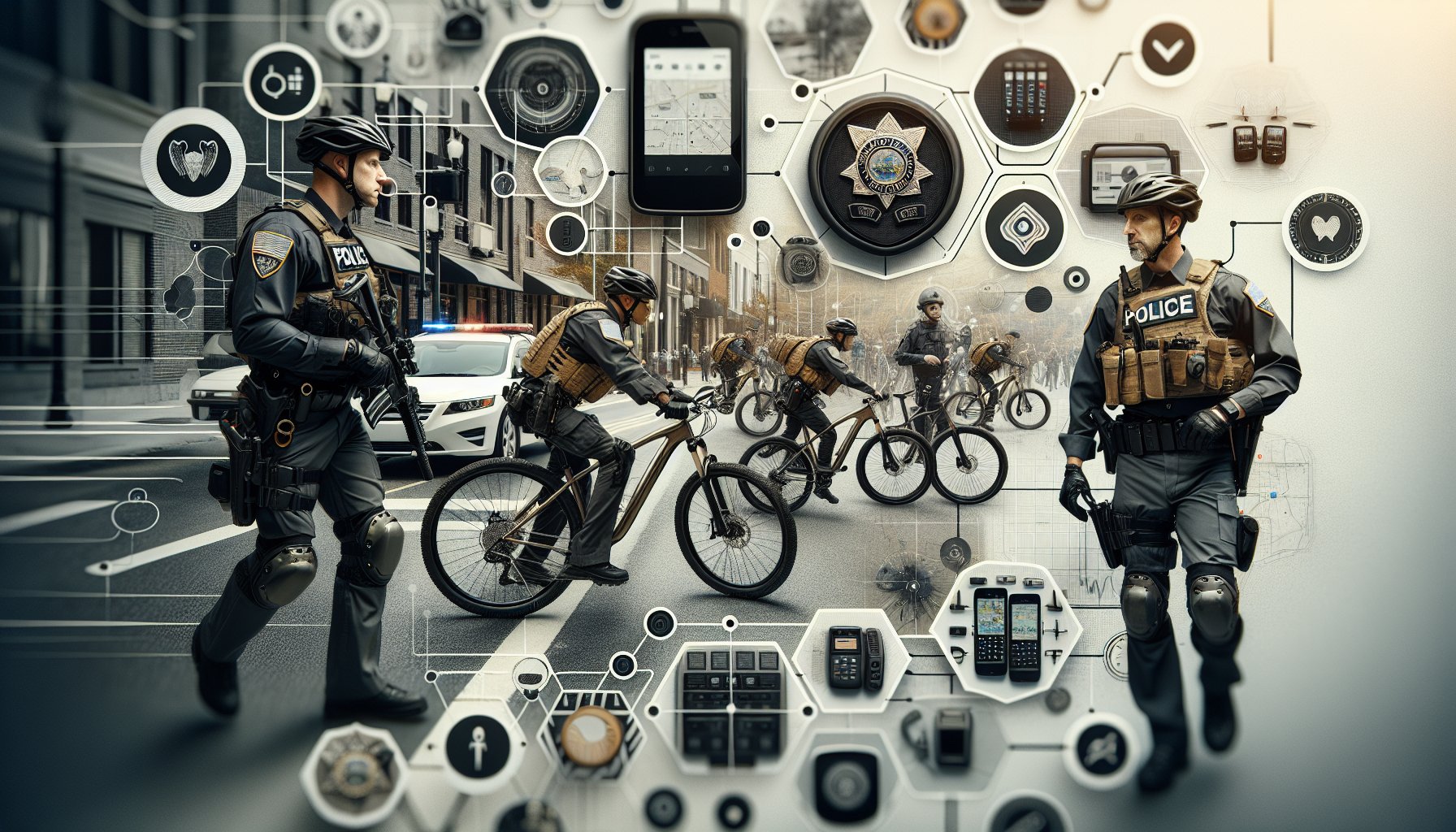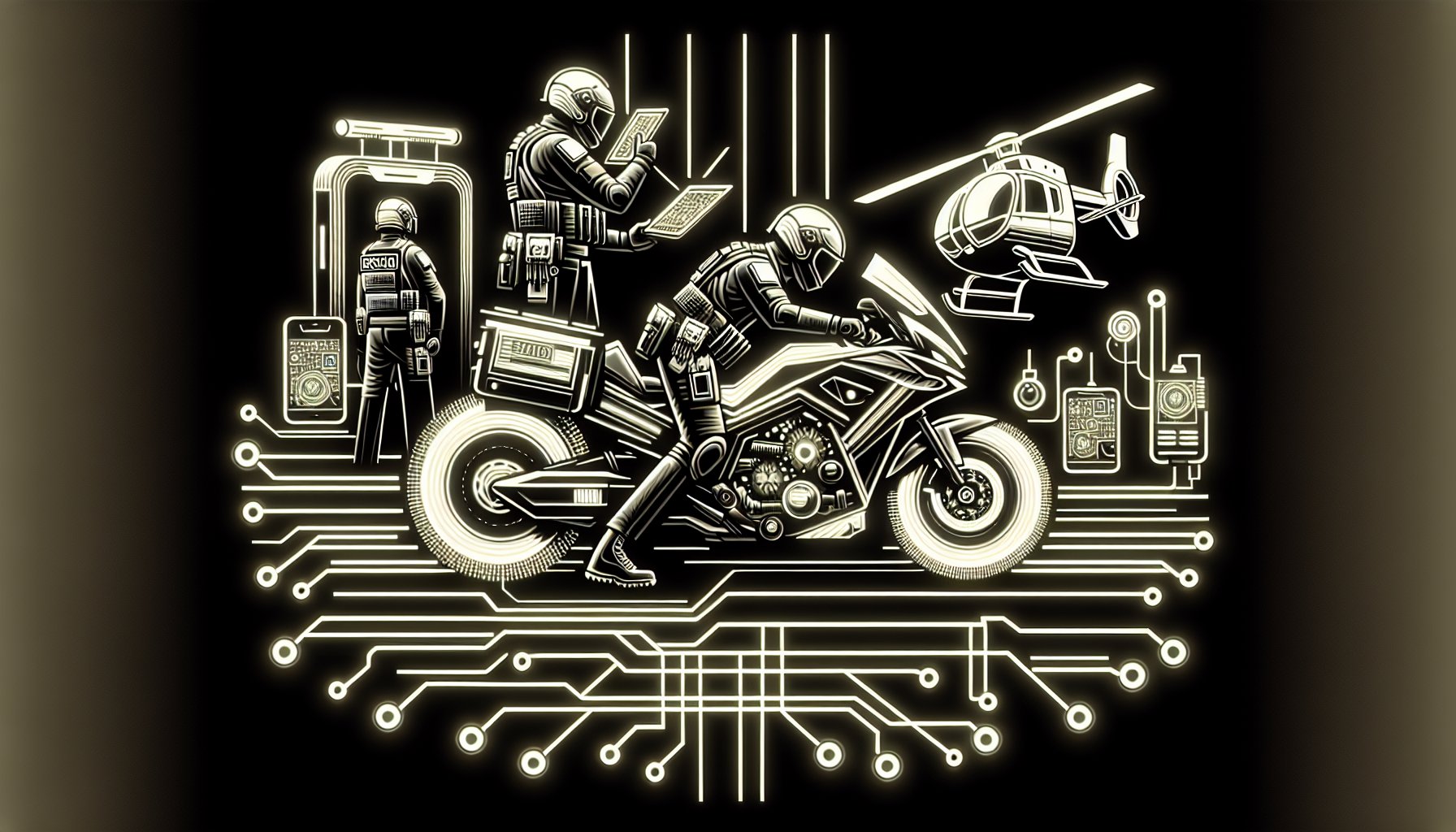Law Enforcement Ready APB
Can Law Enforcement Ready APB Help in Emergency Situations? Common Queries
Discover how Law Enforcement's All Points Bulletins (APBs) play a crucial role in emergency situations. Learn about their impact, technology, and community involvement in our detailed guide: Can Law Enforcement Ready APB Help in Emergency Situations? Common Queries.
Sep 09, 2025
6 min read

Can Law Enforcement's APBs Help in Emergency Situations? Your Questions Answered
Riding the Thin Blue Line
Grab your helmets, because we’re diving into the fascinating world of APBs, those nifty All Points Bulletins that have been riding shotgun alongside law enforcement for decades. Think of APBs as the police’s group chat when something urgent is happening, like a game of Where’s Waldo, but, you know, more serious and with fewer striped sweaters. At their heart, APBs are about critical communication, providing that rapid-fire alert to police departments when we need our finest in blue to spring into action, be it for a missing person or something more sinister.
Once upon a time, APBs whispering through crackling radio waves was the height of policing tech. Today, they’ve got a digital facelift, reaching us through mobile notifications, social media, and more. It’s as if APBs have gone from beepers to smartphones, evolving alongside our need for speed and proactive crime-fighting. It's a love letter to modern policing’s ability to both anticipate and react, with a nod to those giant acronyms at the Department of Homeland Security (DHS) ensuring we’re all talking the same language.
Consider a child abduction scenario: a frantic call from a parent, and within blink-and-you'll-miss-it moments, every law enforcement eye is peeled across counties. Information flies through the ether, connecting officers, engaging communities, and raising public awareness faster than you can say “interagency collaboration.” It’s this network of communication that transforms an APB from a simple bulletin into a lifesaving tool.
Moreover, APBs are the unsung heroes of community trust. When law enforcement brings citizens into the fold, alerting them to threats and inviting them to be part of the solution, it’s not just about solving crimes; it’s about strengthening community ties.
The Mechanics of an APB
Alright, gear up, because we're about to peek under the hood of these APBs. Think of an APB as more than just a "lost person" flyer, it’s a tactical operation in 280 characters or less. When a cop spots a shady character or a suspicious vehicle, the APB process kicks off, spreading the word with all the precise identifiers necessary to nab the bad guys.
Behind the curtain is a whirlwind of technology and regulation, like the 28 Code of Federal Regulations Part 23, that makes sure the data exchange is smooth while respecting individual rights. Imagine the APB as a digital superhero, leaping across jurisdictions, tapping into real-time data sharing systems that make sure every officer, whether in the station or on the beat, is on the lookout.
But here's where the magic happens: collaboration. The success of an APB often depends on how well different police departments play in the same sandbox. With everyone on the same page, from local precincts to federal agencies, these bulletins can blanket an area with heightened vigilance, turning a sprawling metropolis into a cohesive unit ready to leap into action.
Real-Life Response
When things hit the fan, every second feels like an eternity. Enter our trusty APB, turning hours into mere moments. Let's take a stroll through some real-life hero stories.
Remember that missing child in suburbia? With a quick APB, law enforcement took to the streets, and it wasn’t long before an observant officer spotted that suspect's vehicle at a gas station, leading to a safe reunion. It’s these swift, coordinated efforts that transform panic into peace, reminding us of the sheer power of well-timed communication.
Or picture a city held hostage by a string of robberies. An APB, spread through patrol units, social media, and local apps, turned the community into a vigilant watchtower. It wasn’t long before an eagle-eyed citizen reported seeing the getaway car, leading to the capture of the suspects and restoring calm to the neighborhood. These aren’t just stories; they are lifelines that show how APBs can be game-changers in the face of chaos.
A Community’s Response
Imagine your neighborhood rallying together in response to an APB. It’s not just the police on high alert; it’s everyone, turning a simple broadcast into a community crusade. Social media becomes the modern town crier, buzzed with tweets and posts that multiply the alert’s reach exponentially.
A well-informed public doesn’t just sit back and watch the drama unfold, they're in the thick of it, keeping an eye out and ready to act. This symbiosis between law enforcement and the public doesn’t just solve problems; it builds a resilient community prepared to handle whatever comes its way.
The Ethical Dilemma
But with great power, and great tech, comes great responsibility. Yes, the ability to ping everyone with a heartbeat about an emergency is gold, but what about privacy? APBs walk a tightrope between public safety and individual rights, and it’s not always a comfy balance.
It’s all about making sure these broadcasts don’t accidentally stigmatize communities or make life tougher for people already on the margins. Regulations like the 28 Code of Federal Regulations Part 23 aim to protect this balance, but the real challenge is in how they're applied, lest they misfire and erode trust rather than build it.
The Role of Technology
And here’s where we plug in: Technology. The APB of the future isn’t just a bulletin, it’s a multifaceted communication powerhouse. Instant alerts on smartphones, predictive analytics, GIS, all tools turning officers into clairvoyants with badges.
Social media spreads the APB net wider, faster, making every citizen an honorary deputy, while advanced tech ensures the right people get the right info at the right time, minus the panic.
Cyclists in Crisis
Cycling is vogue, but so are the emergencies that come with it. Falls, accidents, thefts, each demands a swift and coordinated response. Enter our trusty APB, pedaling to the rescue.
Whether it’s a quick broadcast to help a fallen rider or a description of a stolen bike, APBs are the police’s answer to ensuring cyclists can ride another day. Volcanic Bikes knows the drill: safety first, with every cyclist aware and engaged with local resources that turn a distress signal into a community rally for help.
Bridging the Gap
APBs aren’t just bridging the gap between law enforcement and public, they’re leaping over it. Imagine systems so advanced they provide not just warnings but advice on where to go, what to do. We’re talking smart APBs fueled by AI, analyzing trends, scanning for the right data to keep everyone in the know and out of harm's way.
Your Role in the Cycle
But listen up, folks. This ain’t a one-way street. We’re all in this together, and your role is crucial. Educate yourself, get involved with local initiatives, and be the vigilant eyes and ears that turn a simple APB into a concerted community effort. It’s a shared responsibility, and every tweet, every tip, every set of watchful eyes, helps weave the safety net a bit tighter.
So, gear up, stay informed, and remember, the APB isn’t just a call to action for the police. It's for all of us. Ready to step up and be a part of the cycle? You’re not just living in the community; you’re helping protect it.

Need Help?
Check out these related products that can help:
 My Account
My Account